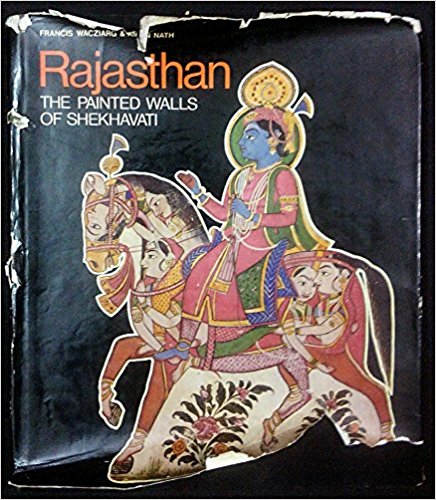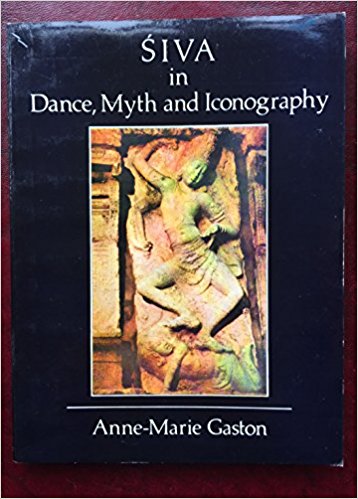Fred Halliday’s thesis is that the sources of turmoil in the ‘Arc of Crisis’—from Afgha¬nistan through Iran and the Arab Middle East to the Horn of Africa—lies as much in factors operating within these countries as they do in US provocations and interven¬tions, and less in Soviet aggres¬sive interests.
Archives
July-August 1983 . VOLUME 8, NUMBER 11983
The two books under review discuss, albeit differently, the age-old issues relating to equality and inequality. While the first discusses the problem in a general vein, the second deals specifically with the pro¬blems of Scheduled Castes in India.
The volume edited by Andre Beteille contains six articles by contributors belonging to different disciplines: econo¬mics, law, political science and sociology. Notwithstand¬ing this difference in orienta¬tion there is substantial over¬lapping in their arguments for and against equality.
The book under consideration is the outcome of a panel dis¬cussion on urbanization orga¬nized in Delhi by the editor in December 1978. The first sec¬tion of the book focusses on one of the elements of the process of urbanization, viz., labour migration. The remain¬ing three sections deal with the various consequences of urbanization i.e., family and kinship in an urban setting, small scale entrepreneurs and the informal sector, and collec¬tive action and protest in the city.
Indian nationalism, as a modern political phenomenon, is probably the single most comprehensive example of the unfolding of development encompassing the entire gamut of the social and economic life of an immensely complex nation. Throughout the colo¬nial era and since indepen¬dence, different aspects of nationalism have been high¬lighted in the actual working out of its concrete manifesta¬tion: the relationship between the ‘latent’ and the ‘manifest’ features of Indian nationalism at any given point, always being characterized by a dyna¬mic which constitutes a single thread running throughout recent history.
As far as research in develop¬ment economics goes, the present Indian scene is quite dismal. There cannot be more than three or four economists working in this country who have had any impact on the subject. I shall refrain from mentioning their names, not because I do not wish to give joy to them, but precisely because I want to give joy to many more.
This book constitutes the first part of a two-volume study. Banerji is one of the few scholars who have tried to see health-related behavior and health services in the wider framework of the economic, political, demographic and social characteristics of rural populations.
Rarely in recent memory have information, ideas and scholarly acumen of such a high calibre been presented as in these two volumes. Professor Chattopadhyaya deserves ad¬ditional credit for having brought together papers that were published as early as the eighteenth century and there¬fore likely to be missed by most contemporary scholars.
‘Social Anthropology is concerned not with stones and bones but rather Marx and Spencer’—Isaac Schapera’s comment comes to one’s mind when reading Arjun Appadorai’s book since he is also an anthropologist with a differ¬ence. In his introduction, the author calls himself an ethno-historian and clarifies his fundamental differences with the functionalist school of Malinowski and Radcliffe-Brown who regard social struc¬ture as a mere mirror-image of culture which is defined as a set of established customs and usages.
The initial attraction of a reader to this book is its cover. The symbol of the undying Pax Britannica—the arro¬gant image of the lion trium¬phantly astride the globe, an unfurled Union Jack, backed by the imperial crown domi¬nates the front flap, announc¬ing the Spectacle of the Empire. And rarely has a title so suited the contents of a book. The varied collection of paintings and photographs, many of which have not been published before, bring alive a variety of imperial themes virtually transporting the reader back to the turn of the century when the empire was a vibrant I reality.
Art has historical roots that lie outside it, and it has his¬torical consequences that again lie outside it the work of art closest to perfection is both most profoundly determined by its time and goes furthest be¬yond it into timelessness, while the imperfect work of art re¬mains caught in the spatial and temporal conditions precisely because it has been touched by them most superficially.
In the long tussle for supre¬macy among the main gods of the Hindu pantheon (certain¬ly not instigated by the divine personages but by their followers and worshippers), Vishnu and Siva have finally emerged as the two top con¬tenders to assume the role of the Refuge. Vishnu comes to us either as Himself with his conch and discus or in the form of Krishna and Rama. Siva remains aloof, keeping his distance as a destroyer but assuring us of a renewal of life through decay and death.
1982
Though this book is a collection of papers, including some book reviews, it has a continuity and unity of dis¬course because all the issues discussed are facets of the same fundamental problem: the predicament of man who finds the bright dreams of progress— which the Renais¬sance painted in roseate colours, the Enlightenment assumed to be inevitable, even automatic, and the industrial revolution in its first phases seemed to indicate to be just round the corner—thoroughly shattered.
Literary critics, especially the American ‘lemon squee¬zers’, have made nimbu pani out of everything from Beowulf to Virginia Woolf. Much of the terrain between Virginia Woolf and Who’s Afraid of Virginia Woolf has similarly been squeezed—often so hard that dribbles of lemon rind have made the result pretty un-swallowable.





